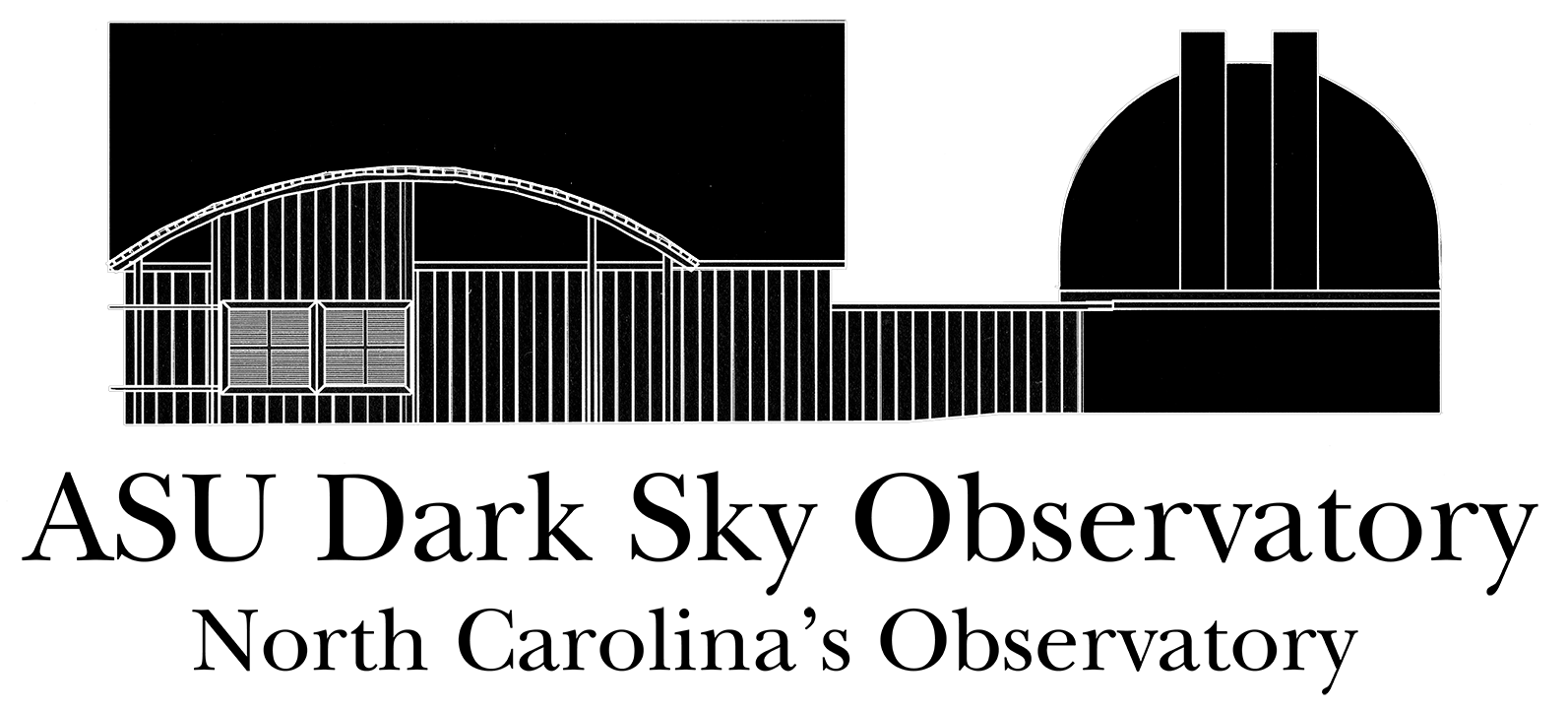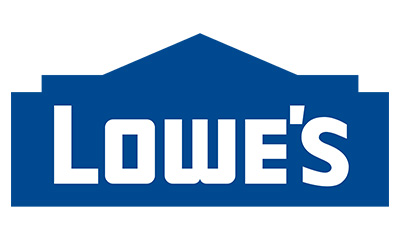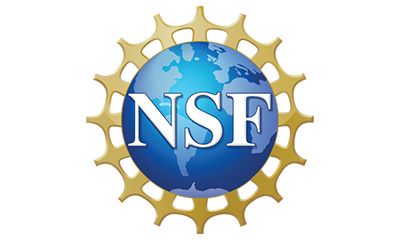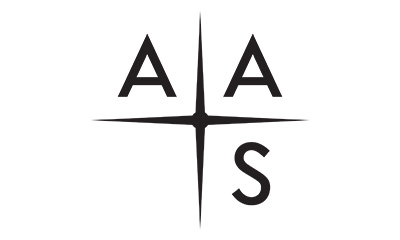Dark Sky Observatory
Conducting observational research, instruction, and outreach in astrophysics
Appalachian State University’s Dark Sky Observatory (DSO) is the research facility used by the Department of Physics and Astronomy faculty and their students to conduct observational research in astrophysics. It is equipped with four telescopes, each used regularly for CCD imaging and photometry, with spectrographic instrumentation also used at the 32-inch.
Established in 1981, the observatory is located about 20 miles northeast of Boone at an elevation of a kilometer. Far from major cities, its dark skies provide a good setting for digital imaging and spectroscopy done in stellar and solar system research projects. For details about the instrumentation and capabilities of the various telescopes, please visit our Facilities page. You can also view our photo gallery for images of our facilities, equipment, and the cosmos.

Webcams
The DSO is home to state-of-the-art telescopes and imaging equipment that capture breathtaking celestial scenes. Take a look at our webcams to get a live peek at the night sky and the high-tech gear we use.
Weather Data
Some of our equipment is used to collect weather data for the region. Find current weather conditions at the Dark Sky Observatory or weather data for campus from the Rankin Science Observatory.
Upcoming Evening at DSO
Our Evening at DSO event tonight, Satuday 6/28/25 is CANCELED due to potentially dangersous weather (lightning). Check back soon for the info on our July event!
Next session: Saturday, July 19, 2025
Support the Dark Sky Observatory
Support research, education and public outreach through a donation to the Friends of the Dark Sky Observatory fund. For assistance with philanthropic gifts, contact College of Arts and Sciences Development Director, Jasmin McFayden ’10, at mcfaydenja@appstate.edu or 828-262-4019.
Department of Physics and Astronomy
The Department of Physics and Astronomy’s curriculum has an applied nature that includes a core of fundamental physics courses and laboratory experiences. The department prepares graduates for a variety of scientific, teaching or engineering professions, as well as future educational endeavors.
College of Arts and Sciences
The College of Arts and Sciences at Appalachian State University spans the humanities and the social, mathematical and natural sciences, with an aim to develop a distinctive identity built upon our university’s strengths, traditions and locations. The college’s values lie not only in service to the university and local community, but through inspiring, training, educating and sustaining the development of its students as global citizens.
Friends of the Dark Sky Observatory
Scientific research, education and public outreach activities are expensive. We are thankful for the support of J. Donald Cline, Marley Gray, and many donors – private and corporate – as well as support from foundations.




